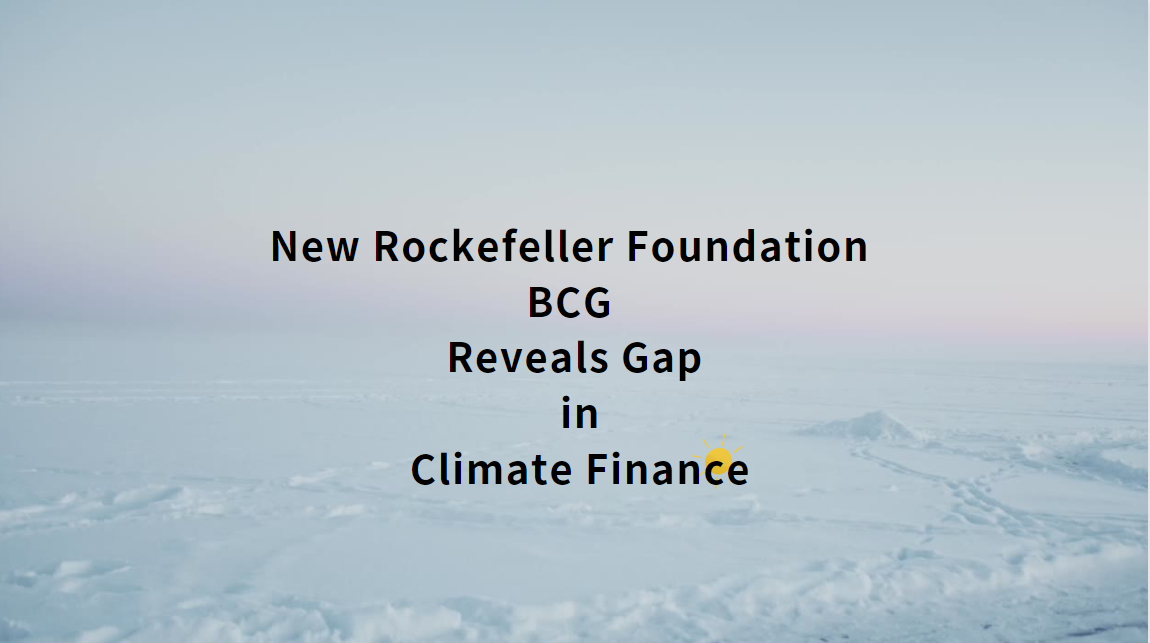Biodiversity Finance Reference Guide
Download →BIODIVERSITY FINANCE REFERENCE GUIDE
Nature, underpinned by biologically diverse ecosystems, plays a critical role for national economies and people's livelihoods and health. It is also a key component of our response to climate change mitigation, resilience, and adaptation. More than half of the world's GDP is generated in industries that depend on nature and its services, yet this economic activity is causing unprecedented biodiversity loss, risking livelihoods, economies, and meeting climate goals.
There is a growing recognition of the need to transition to sustainable business models that protect biodiversity and ecosystem services. Finance and innovative financial solutions are key to supporting this transition; and biodiversity finance has emerged as a fast-growing area in green finance with increased interest from investors, financial institutions, and issuers globally. Currently, however, there is no guidance in the market on project eligibility criteria for biodiversity finance.
To address this gap, IFC has developed a Biodiversity Finance Reference Guide. This guide builds the Green Bond Principles and the Green Loan Principles and provides an indicative list of investment projects, activities, and components that help protect, maintain, or enhance biodiversity and ecosystem services, as well as promote the sustainable management of natural resources.
This guide benefited from inputs from the public and private sector, academia, international organizations, civil society representatives, and individuals during a public comment period from June 15 to July 15, 2022. Their contributions have informed the many changes incorporated in this updated version of the guide. IFC also partnered with the Wildlife Conservation Society for an external expert review.
IFC's intention is to contribute to the growth of the biodiversity finance market globally. This guide is primarily intended to provide a structured approach for investors and financiers to identify eligible use of proceeds that constitute biodiversity finance. Companies can use it to identify opportunities to address the key drivers of biodiversity loss in their production practices, to integrate nature-based solutions into their operations, or to develop nature conservation activities. The guide can also be used by policymakers to design biodiversity finance taxonomies. We expect this document to evolve over time as the market for biodiversity finance develops and matures.





















































First, please LoginComment After ~